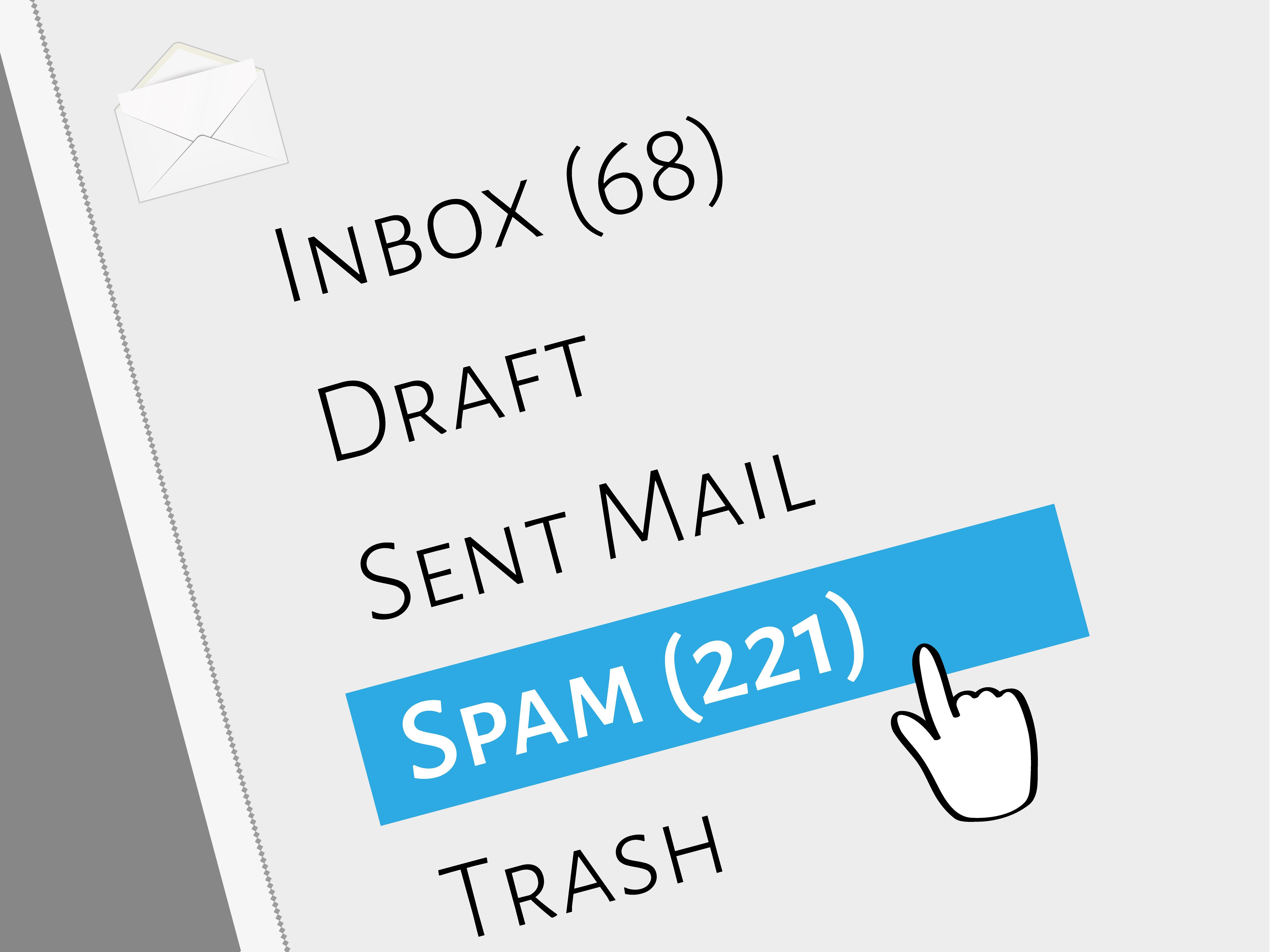
What is the magic word you should include in your email subject lines to guarantee high open rates? Are there any special characters you need to avoid so your mail doesn’t go straight into the “SPAM” folder? Should you be using emojis to engage millennials?

The answers to these questions tend to be “it depends” (and don’t pigeon hole entire generations), as there are no hard and fast rules for subject lines. Instead, consider the following.
Everyday, 205 billion emails are sent worldwide, with the average business user receiving 121 new emails a day*. That’s one every 4 minutes during an 8-hour working day. No-one can be expected to read all of those and do their job, but… your email campaign is so finely crafted. Your research is thorough, your content engaging and watertight. It all culminates in a call to action that is simply irresistible; you simply can’t afford to follow the fate of the majority of emails and be ignored or unceremoniously “marked as read”. So, how do you make sure your email is opened? The first step is to think about how you decide what to open and read. This lies in two key pieces of information the average inbox gives you: who it’s from, and what they want aka the subject line.
These two lines form the barrier between your customer and your email content; get it wrong and, no matter how brilliant your campaign may be, your open rate (this is the percentage of emails sent, divided by the number of opens) will suffer miserably. Ensure you keep your sender name professional, and use an email address that can be easily validated – no dodgy URLs. Congratulations! You’re halfway there.
Halfway through the minefield, that is. And the subject line side is dense.
How are you supposed to go about navigating this rigged terrain? Tiptoe and go carefully with structurally robotic lines? Dive onto the ground with emoji rainbows as your cushion and hope for the best? There is no blanket solution, but if you do your research and consider each campaign individually, you’ll be along the right lines. For each email you must consider:
- Email objectives
Which is most important to you for this email; that it’s opened, or that an action is taken once the email has been opened? It’s better if only 25% of your mailing list open the email and 20% of those heed the call, than a 40% open rate butting heads with a meagre 10% engagement. In this case, be sure to provide a subject line relevant to the post-click content, especially when the email is based around a specific offer or promotion. - What is the content of the email?
Is your email informational, offer-based, or driving the user to do something specific? - Who is your target audience?
Are you targeting prospects, or existing customers? Does the audience feel they are part of your community, or are they likely to be hostile to your message? Knowing your audience can help you tailor a line that works for your customers. - How often do you contact this audience?
Repetition breeds contempt, and if you are sending the same message to the same audience week-in, week-out, then your open and conversion rates will plummet. Like all relationships, absence makes the heart grow fonder. Keep it cool, okay?
Some recent email subject lines that we have received, which made us want to open immediately; plus analysis of why it worked on us.
Intriguing or confrontational subject lines
- Seriously, your behaviour STINKS – well it certainly got our attention. It’s been sent to a small audience, who know the sender and the way they do business well. We need to know why they think this – and will end up clicking on the buy link to remedy this behaviour.
- (NSFW) A 3D-printed near-naked Darren – A horrible thought for all concerned and yet… we’ve got to know what this is all about. Sent to a wide customer base by a cheeky web store. Doesn’t guarantee a sale, but did raise a smile.
- I Need Your Help… – Oh so close to invoking the Holy Trilogy (which would also get this particular writer to open) but a plaintive personal cry from a respected industry individual.
Content led
- 7 Types of Emails to Send Customers to Keep Them Coming Back – This is listicle clickbait down to the use of the odd number of items, and whilst it shouldn’t be an everyday tactic, it should certainly be used occasionally.
- Dinosaur Pile-Up just announced a new concert! – Succinct and useful, a band being tracked playing in an area near us – that’s all the information we need to open, click and buy.
Call to action/offer based
- Do you still need your My Southwark account? – We don’t, we’re in Bristol, but there is data being retained about previous activities somewhere, so as a leader into an email about non-active accounts being deleted, it’s a great way to ensure a click and an action if necessary.
Do you ‘emoji’?
There is a matter of principle here. Everything in our grammatically correct, proper sentence-loving, cold, dark, fun-sponge heart screams that this is a terrible, terrible idea (this editor thinks they’re delightful)… but research suggests that use of emojis can help increase open rates, and help emails stand out in the inbox. Don’t just take our word for it.
That said, if this becomes ubiquitous and the average inbox begins to look like an acid trip with poops, flags, and other meaningless images, then perhaps the crafted sentence will make a comeback – cue a loud hurrah from our copywriting department!
So, to sum up:
- Consider your audience and offering.
- Keep it short.
- Relate to something the customer wants or needs to do.
- Don’t be afraid to offend or intrigue – test what works/what doesn’t with split testing.
- Emoji with care.
* Ref: http://expandedramblings.com/index.php/email-statistics/

